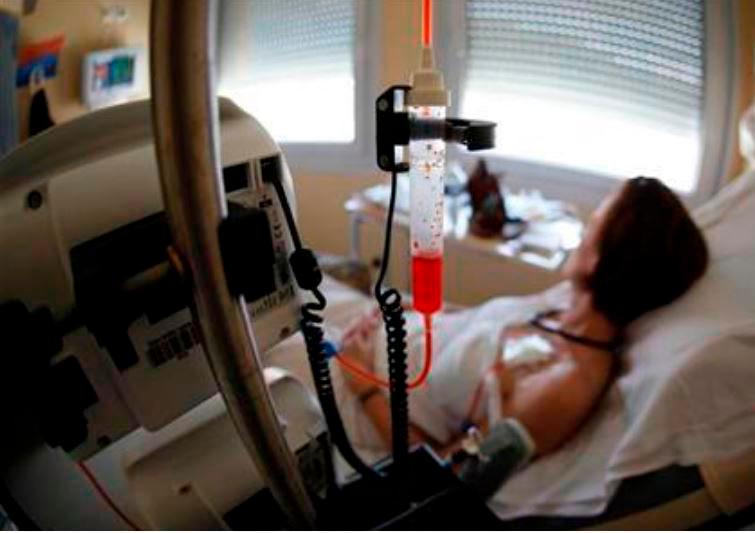CANBERRA: Australian researchers have made a connection between a person’s cancer risk and the functions of a recently discovered family of genetic fragments present within cells, reported Xinhua.
According to a new Flinders University-led study published in Cancer Cell yesterday, they found that specific circular ribonucleic acids (RNAs) can stick to DNA in cells and cause mutations that result in cancer.
It is the first known genetic molecule that has been found to have the capacity to mutate DNA and cause cancer, according to the researchers.
“While environmental and genetic factors have long been believed to be the major contributors to cancer, this revolutionary finding – which we call endogenous RNA directed DNA damage (ER3D) – ushers in an entirely new area of medical and molecular biology research,” Simon Conn of Flinders University said.
“This opens the door to using these molecules as new therapeutic targets and markers of a disease at a very early stage when the likelihood of curing cancer is higher.”
The team compared neonatal blood tests of children who developed acute leukaemia with those of healthy children, finding higher levels of the specific circular RNA at birth among the former.
The findings suggest that the abundance of RNA molecules within certain individuals’ cells drives the development of cancer-causing genes in some people but not others.
“Circular RNAs can bind to DNA at many different locations across a range of cells. By binding to the DNA at specific sites, these circular RNAs cause a number of changes culminating in the breakage of the DNA which the cell must repair in order to survive,” Conn said.
“This repair is not always perfect and this can result in small mutations, like a misspelt word within a book, or worse, very, very large and devastating mutations.”
The research team is continuing the study to investigate circular RNAs’ role in cancer and other diseases. – Bernama














